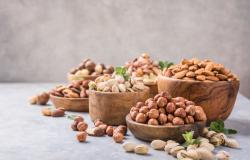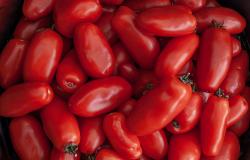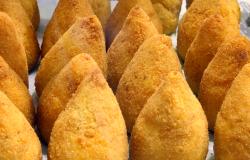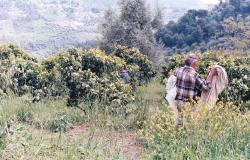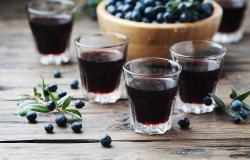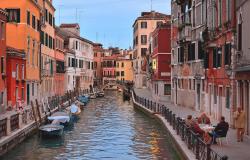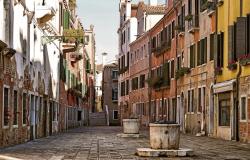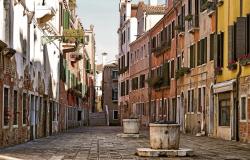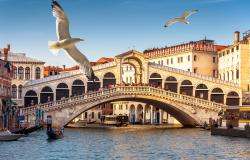Whenever Italians want to add a splash of purple to their recipes "radicchio" does the trick. But this colourful chicory is especially famous for its distinctive, elegant, slightly bitter taste that makes it a versatile ingredient to have in salads, soups, risotto, on pizzas or just on its own, grilled and served with quality extra virgin olive oil and Modena Balsamic vinegar.
It appears in the markets in late November and is available throughout winter.
Modern cultivation of radicchio began in the fifteenth century in the Veneto region, but its origins go further back, probably to ancient Egypt. We find the first record in Naturalis Historia, where Pliny the Elder writes about its medical properties as a blood purifier and to ease insomnia. He also describes early imbianchimento (whitening) techniques, which, in those times, consisted in cutting off the young sprouts at a certain level. It is this imbianchimento (whitening) or pre-forcing technique that creates the dark red, white-veined leaves that make radicchio so distinctive.
Today, the method is quite different: plants are harvested in late Autumn, their outer leaves are discarded, then they're packed into special containers and placed in the dark with their roots in warm circulating spring-water (at a temperature of about 15 C°) for several days. In about two weeks, the plants start to grow small roots and new leaves which take on the typical purple colour of the excellent Radicchio Tardivo di Treviso.
Indeed, these modern methods, using spring-water, have their origin in Dosson di Casier, in the province of Treviso, in the nineteenth century. We do not know who introduced them in the Veneto region, a legend says that, in 1860, the Belgian agronomist Francesco Van den Borre brought to the area the techniques used to whiten Belgian endive and applied them to radicchio, however, this was later proved unfounded by his son.
What we do know, is that Treviso is the land of top quality radicchio in Italy and that the Radicchio Rosso Tardivo is probably the oldest kind of radicchio cultivated in the country’s top radicchio producer region, the Veneto, and the progenitor of the other kinds of radicchio available today.
There are many different types of this special Italian chicory, that are grown especially in the North-eastern part of the country and are largely appreciated all over the country. The most famous are the varieties with IGP (indicazione geografica protetta) recognition grown in the Veneto which are: Verona Red Radicchio, Treviso Red Radicchio, Chioggia Red Radicchio and Castelfranco Veined Radicchio.
Radicchio di Treviso
-
Precoce
![]() Radicchio di Treviso Precoce, comes into season first and grows in an elongated shape. Its leaves are similar to romano lettuce and are dark reddish-maroon with center white ribs. It is a milder kind of radicchio particularly appreciated in salads. Its mild taste and long shape makes it also ideal for grilling or baking.
Radicchio di Treviso Precoce, comes into season first and grows in an elongated shape. Its leaves are similar to romano lettuce and are dark reddish-maroon with center white ribs. It is a milder kind of radicchio particularly appreciated in salads. Its mild taste and long shape makes it also ideal for grilling or baking. -
Tardivo
![]() Tardivo or Spadone, comes from the more common variety, Radicchio di Treviso that, after the first frost, is cultivated with the complicated imbianchimento (whitening) technique described earlier. It is more flavorful, with stronger bitter accents and is known as Fiore d'Inverno (winter flower) because it is only available from November to March.
Tardivo or Spadone, comes from the more common variety, Radicchio di Treviso that, after the first frost, is cultivated with the complicated imbianchimento (whitening) technique described earlier. It is more flavorful, with stronger bitter accents and is known as Fiore d'Inverno (winter flower) because it is only available from November to March.
Both Precoce and Tardico now enjoy IGP (Indicazione Geografica Protetta) status, which means that they can only be sold with these names if they are produced around Treviso, under the supervision of the Consorzio Radicchio di Treviso.
Radicchio Variegato di Castelfranco
 Radicchio di Castelfranco has a yellowish leaf with red speckles.
Radicchio di Castelfranco has a yellowish leaf with red speckles.
It looks like a traditional lettuce with deep wine-red stripes and is probably an ibrid of rosso di treviso and indivia scarola (Cichorium endivia). It is grown with the first frost, but the imbianchimento methods applied to Radicchio di Castelfranco are slightly different from the ones used for the Tardivo di Treviso.
The plants, which are particularly delicate, are harvested with a taproot and brought under a tented or roofed area where they get much humidity and little light. This radicchio enjoys IGP status and is also known as Fiore d'Inverno (winter flower) or as Edible Flower.
Radicchio di Chioggia
 Radicchio rosso di Chioggia was bred from the Variegato di Castelfranco between the 1930s and 1950s to get a stronger purple colour and develop an easier cultivation method.
Radicchio rosso di Chioggia was bred from the Variegato di Castelfranco between the 1930s and 1950s to get a stronger purple colour and develop an easier cultivation method.
It is the most widely available radicchio variety in Italy and in the rest of the world. Chioggia has dark reddish leaves with white ribs and grows in a tight round head about the size of an orange, looking more like a cabbage than a lettuce. This kind of radicchio is now the most commonly grown radicchio rosso in Italy, but only producers in the area between Chioggia, in the province of Venice, and Rosolina, in the province of Rovigo are allowed to use the IGP label.
Radicchio di Verona
 Il Radicchio rosso di Verona was bred in the 1950s from the Radicchio rosso di Treviso and has similar characteristics to its progenitor but a fuller shape. It is produced in the area around Verona and has obtained IGP recognition.
Il Radicchio rosso di Verona was bred in the 1950s from the Radicchio rosso di Treviso and has similar characteristics to its progenitor but a fuller shape. It is produced in the area around Verona and has obtained IGP recognition.
There are also other varieties of radicchio which are not as popular as the five kinds listed above, but are worth mentioning, these are now classified as “traditional produce”: Lusia White or VeinedRadicchio, Fior di Maserà White Radicchio, Bassano White VeinedRadicchio and Chioggia Giant Catalogna.
If you come to Italy during the winter season do not miss out on trying the different kinds of radicchio available, you can simply go to the market to get a selection or choose a radicchio based dish at your favourite restaurant, especially if you are visiting the Veneto.
If you do not get this chance stay tuned for a great radicchio recipe to make at home, that will be posted soon on our website.
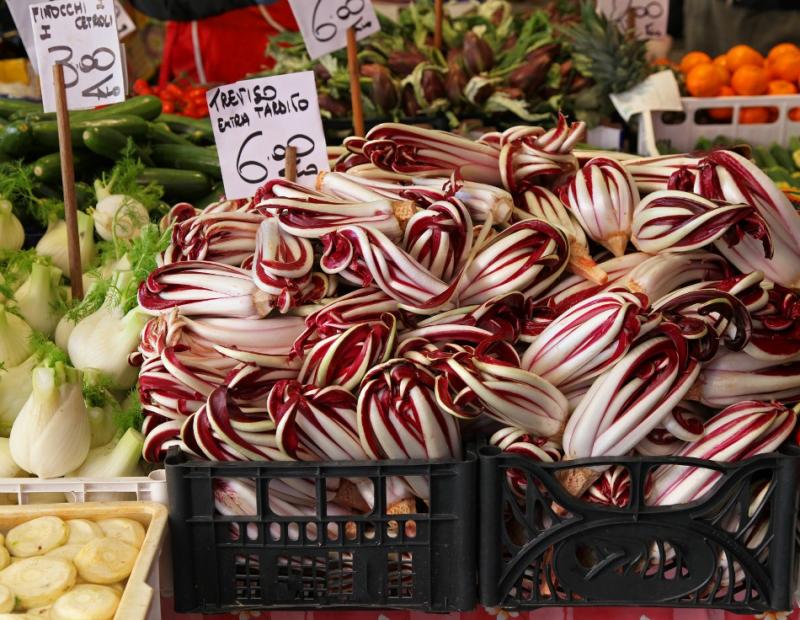
 Radicchio di Treviso Precoce, comes into season first and grows in an elongated shape. Its leaves are similar to romano lettuce and are dark reddish-maroon with center white ribs. It is a milder kind of radicchio particularly appreciated in salads. Its mild taste and long shape makes it also ideal for grilling or baking.
Radicchio di Treviso Precoce, comes into season first and grows in an elongated shape. Its leaves are similar to romano lettuce and are dark reddish-maroon with center white ribs. It is a milder kind of radicchio particularly appreciated in salads. Its mild taste and long shape makes it also ideal for grilling or baking. Tardivo or Spadone, comes from the more common variety, Radicchio di Treviso that, after the first frost, is cultivated with the complicated imbianchimento (whitening) technique described earlier. It is more flavorful, with stronger bitter accents and is known as Fiore d'Inverno (winter flower) because it is only available from November to March.
Tardivo or Spadone, comes from the more common variety, Radicchio di Treviso that, after the first frost, is cultivated with the complicated imbianchimento (whitening) technique described earlier. It is more flavorful, with stronger bitter accents and is known as Fiore d'Inverno (winter flower) because it is only available from November to March.